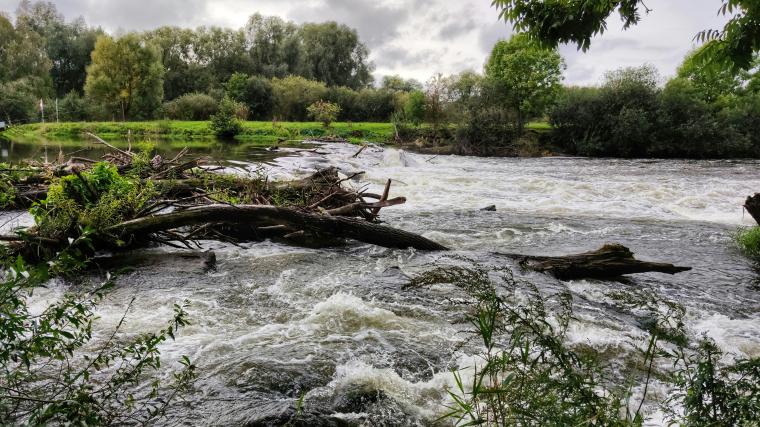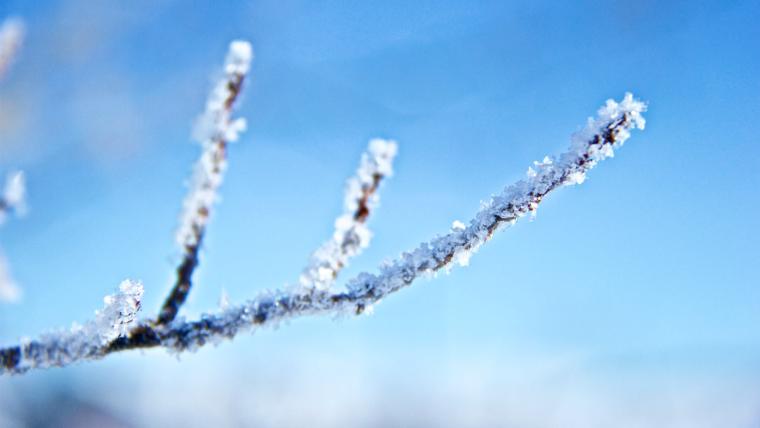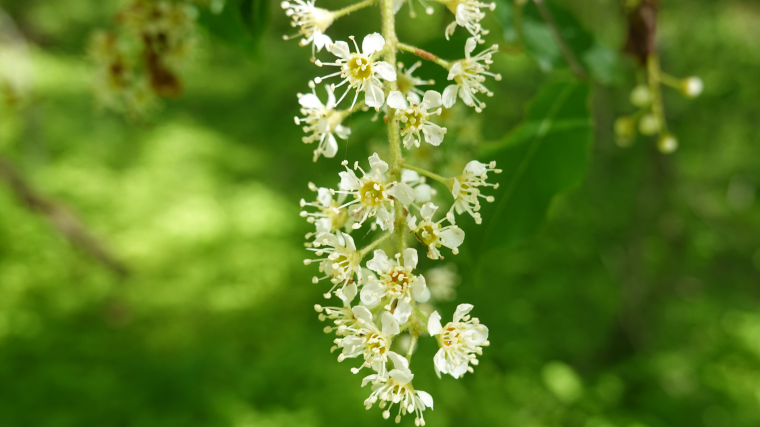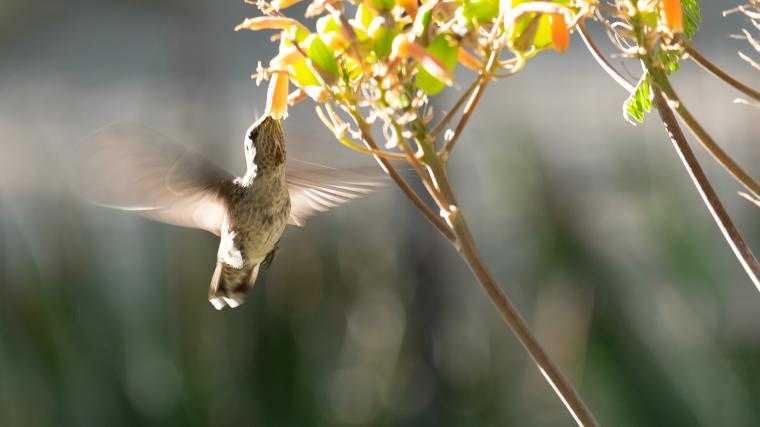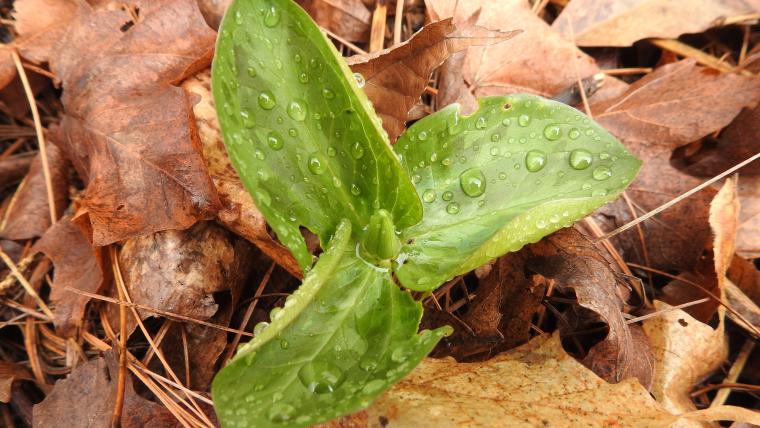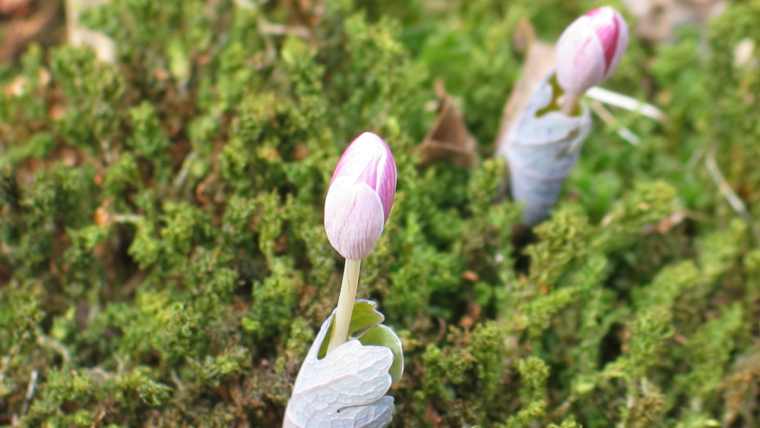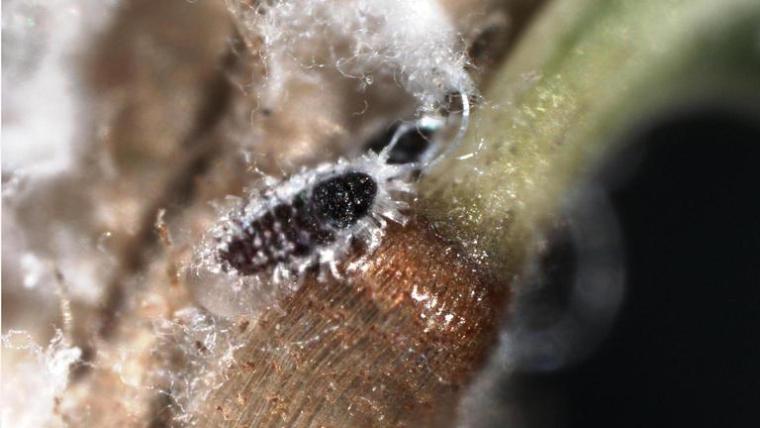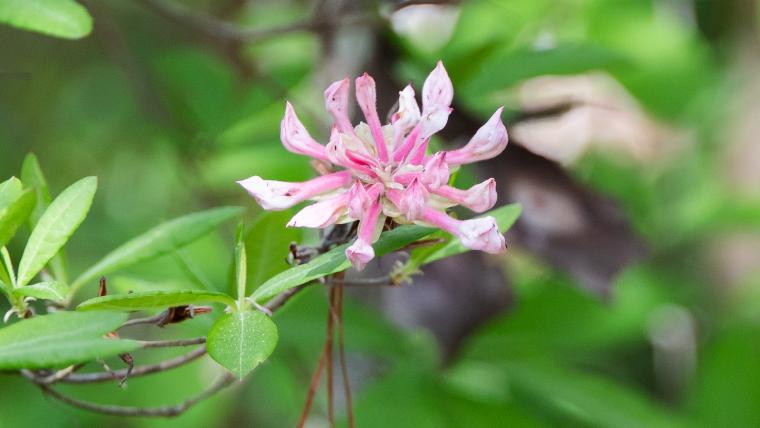
Nature’s Notebook data reveal earlier spring activity under warmer conditions
Wed, Nov 05, 2025
Results from many small-scale studies have shown that warming temperatures are causing plants to leaf-out and flower earlier than they have in the past. However, it has been difficult to know whether these patterns hold true for a wide variety of plant species at a continental scale. To answer this question, researchers used thousands of observations of plants in the eastern U.S. that were submitted to Nature’s Notebook, mainly by volunteers. They found that leaf-out and flowering occurred earlier with warmer temperatures, but the effects varied among species and locations. Invasive species, shrub species, and species at southern latitudes were more sensitive to warming temperatures than other species. These patterns were similar to results from analyses of data collected by professionals and consistent with results from previous scientific studies, demonstrating the value of Nature’s Notebook observations.

